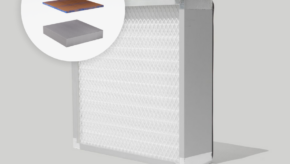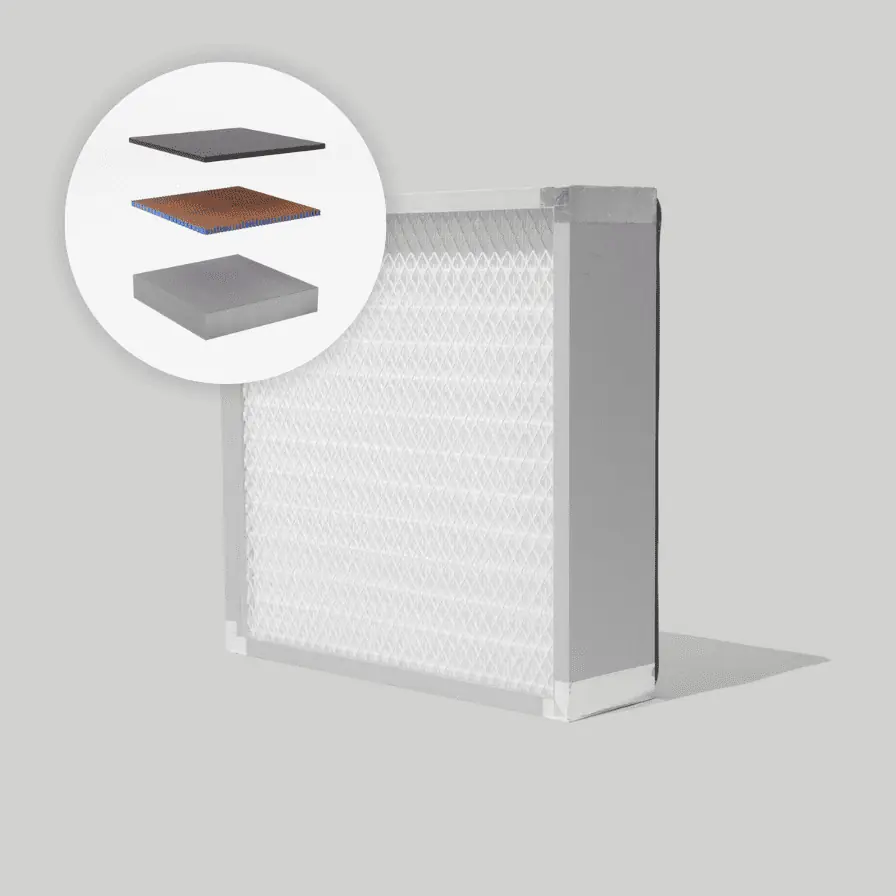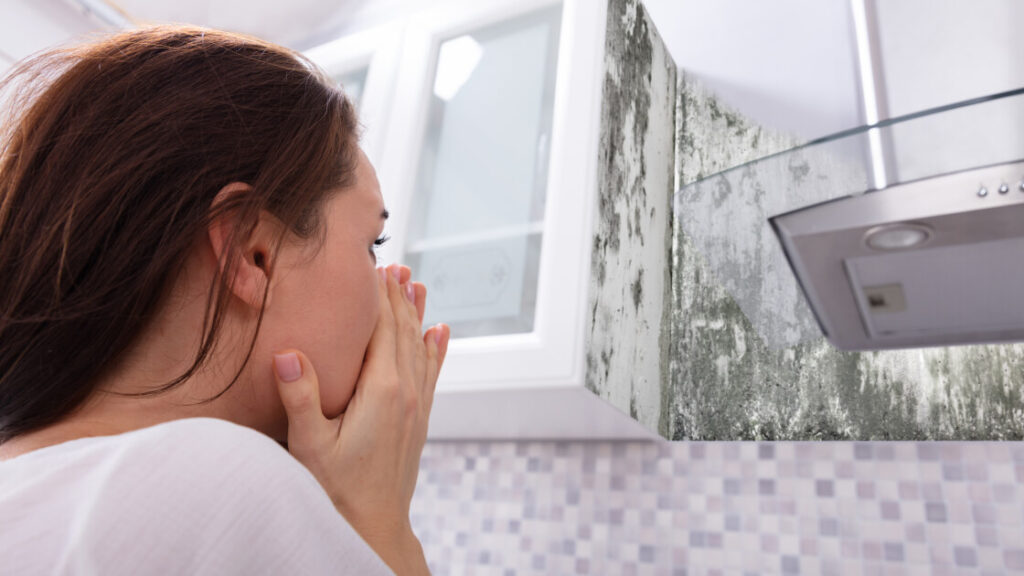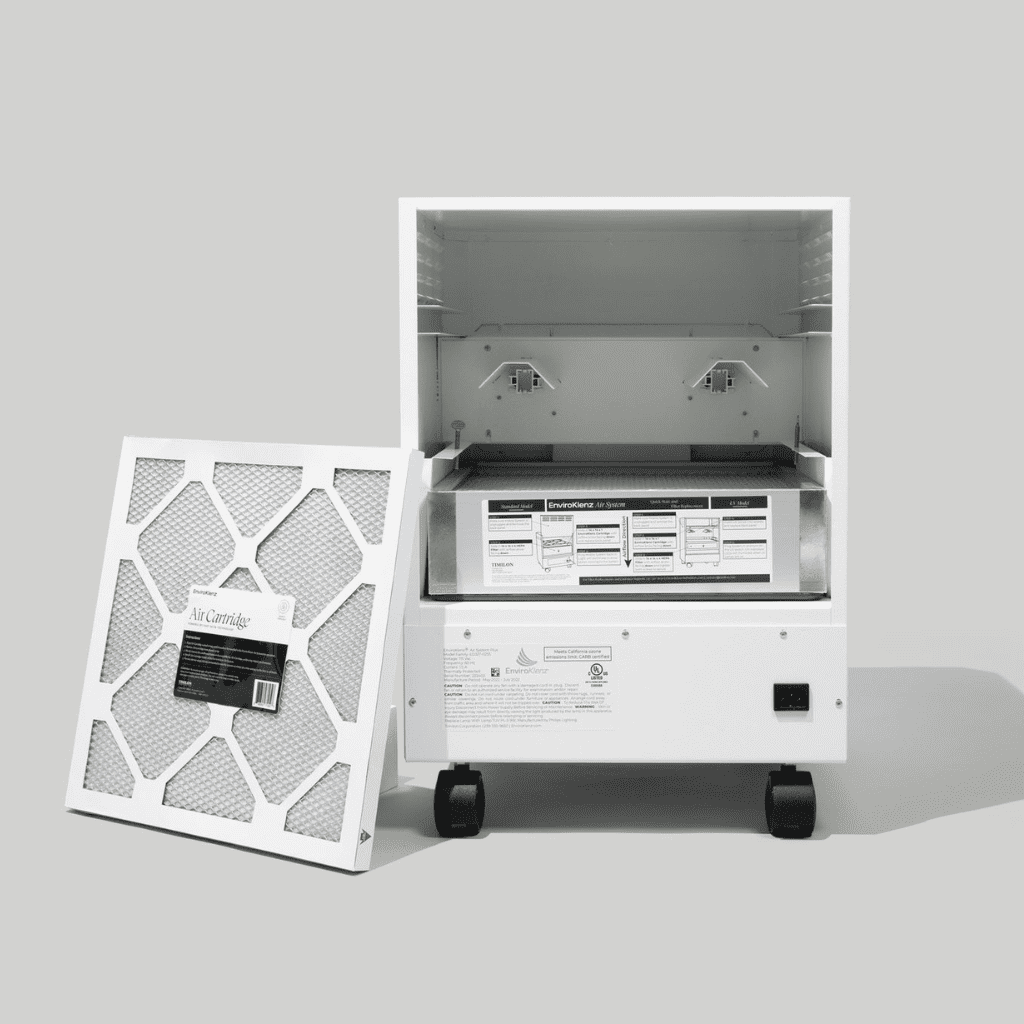You may have noticed a particular type of growth in your home that has developed on the surfaces of your home, whether it be on the wall, ceiling, or even on objects inside the environment. However, what exactly is this new growth that has formed inside your home, is it the common, less threatening mildew that has started to grow or is it something far worse like the scary, ominous mold fungi that has made a home in your personal indoor environment. The easy mix up between mildew and mold is something that occurs all the time. Both of these funguses are interchangeable when discussing or identifying growth inside an indoor environment.
Moisture is a key contributor to both the growth of mildew and mold growth, and therefore can lead to the development of these funguses in indoor environments like home’s or office buildings. If moisture becomes high in a home, such as from a flood, water instruction, or leak it can contribute to the growth of mildew or mold in the environment.
What exactly are the differences between mildew & mold and how can you combat these funguses inside an indoor environment?
Is Mildew and Mold the Same Thing?
When trying to understand the keen differences between the two funguses, mildew and mold, there are specific things you will want to be on the lookout for in the environment. Mildew, in comparison to mold, is a less invasive or troublesome fungus that is typically found in wet areas in the appearance of a grayish-white or brown discoloration on a surface. The mildew is also an easier fungus to clean up on surfaces, and so if you go to remove the fungus from the surface and it easily wipes off than you can identify it as mildew. In relation to health effects, mildew can cause similar allergic reactions to that of mold such as eye, nose and throat irritation.
Mold is often hard to identify and can sneak up rapidly in the environment. One of the first clues to identifying mold is through the strong foul odor it produces, it is usually identified as a musty smell. This fungus will appear fuzzy and have a darker hue than that of mildew – although mold can grow in a variety of different colors, from red to dark greens.
How Do You Know if it’s Mold or Mildew?
Determining whether it is mildew or mold can be challenging as there are many similarities that these two funguses share. Although there are similarities there are also a number of differences that can help us to identifying between these two interchangeable funguses.
These are the characteristics to look for to determine between mildew and mold.
- Color
- Odor
- Structural damage
- Health issues
How Hard is it to Get Rid of Mold
When it comes to mold and mold growth within the indoor environment the process of eradicating the mold from this area can be extensive and require the help of specialists to remediate the mold. The surfaces in which mold has developed on will need to or should be properly remediated by a mold remediation specialist who will completely rid the surface of mold. However, although this is an important process of getting rid of mold, there is also another crucial element that must be looked at and remediated and that is the indoor air that can be tainted by hazardous mold spores.
The EnviroKlenz UV Air Purifier is a highly effective mold removal air purifier that utilizes a combination of patented earth mineral technology and UVC lights to effectively kill any collected microorganisms (such as bacteria, viruses, and mold spores). The air purifier contains the patented earth mineral air filter, along with a hospital-grade HEPA filter. The HEPA filter will capture fine particulate matter including mold spores on top of the filter, and above this HEPA filter the UVC lights are located above it to provide a high efficiency of kill to these mold spores.
EnviroKlenz UV Air Purifier Effectiveness Against Mold
The following experiment was set up to illustrate the impact of the UVC light in the EnviroKlenz Air System. Two EnviroKlenz Air Systems were set up in the same indoor air environment with HEPA filters installed. HEPA filters are designed to capture a broad range of particulate mater 0.3 microns in size and larger.
In one system the UVC light bulbs were turned on, while in the other system UVC lights were not used. The systems were allowed to collect particulate matter for 1 week. After the week of collection ended, the systems were turned off and the HEPA surface was sampled with sterile collection swaps and streaked on to the nutrient agar plates (MEA). The plates were then allowed to incubate for 10 days.
In the image above, the plates are observed. The MEA plate on the left has mold growth. This was the sample collected from the system without the UVC lights running, while the sample on the right shows the UVC light being on killed the mold and the resulting plate with no growth observed.









